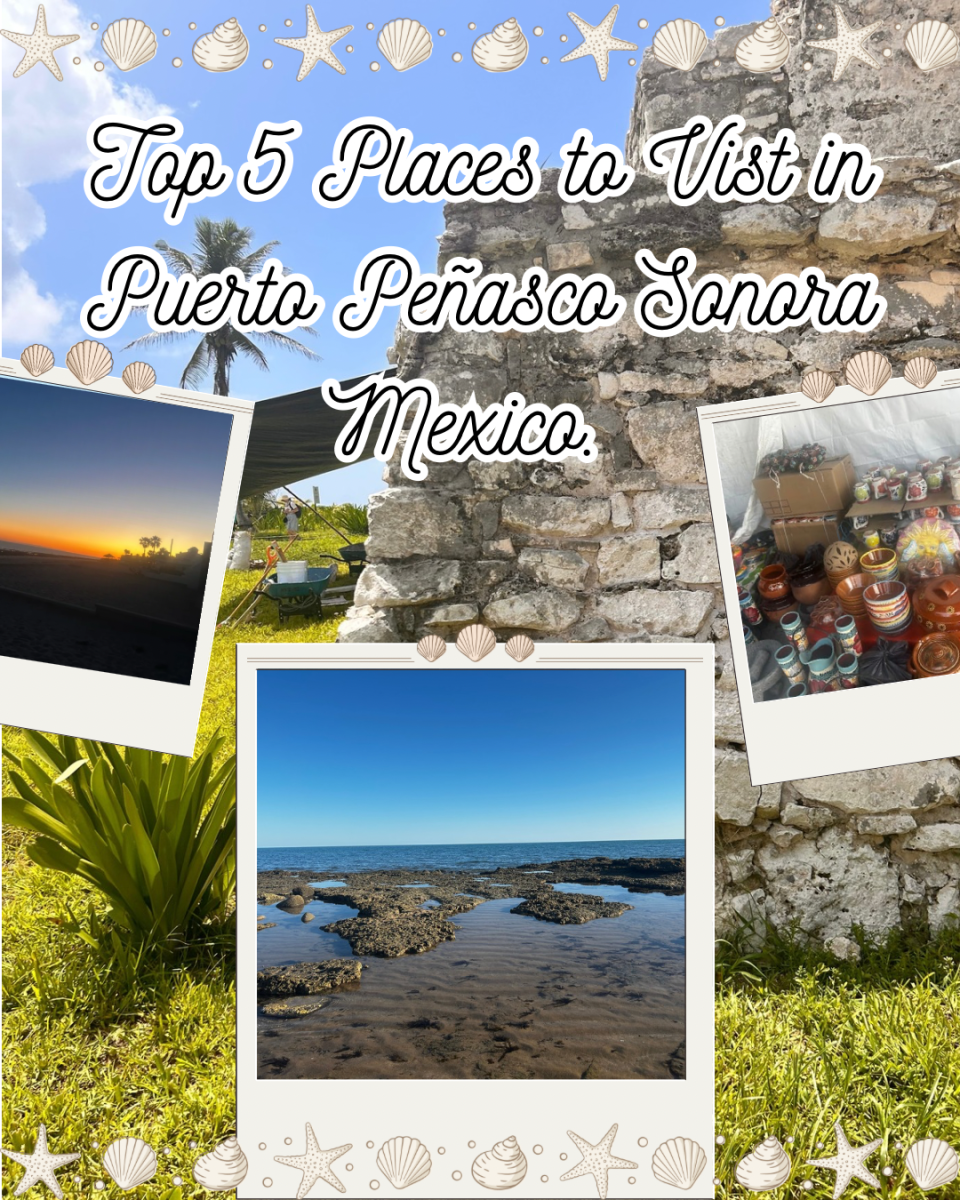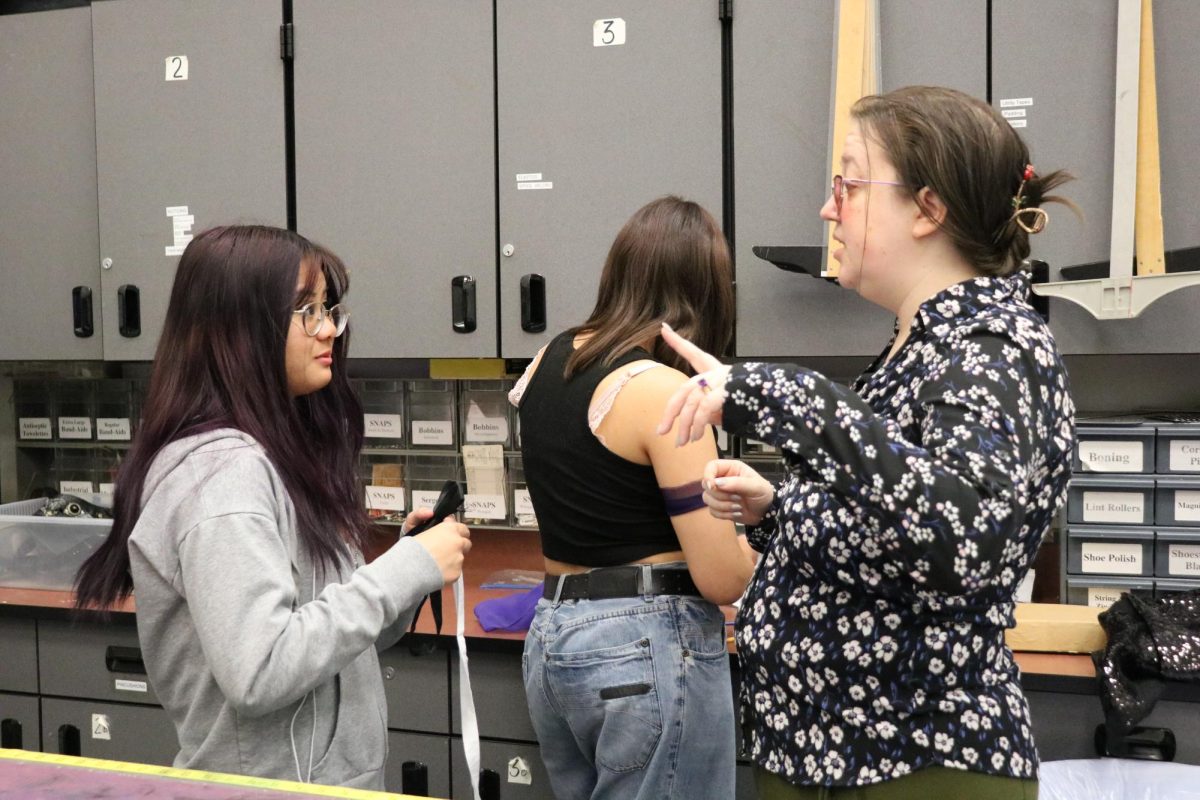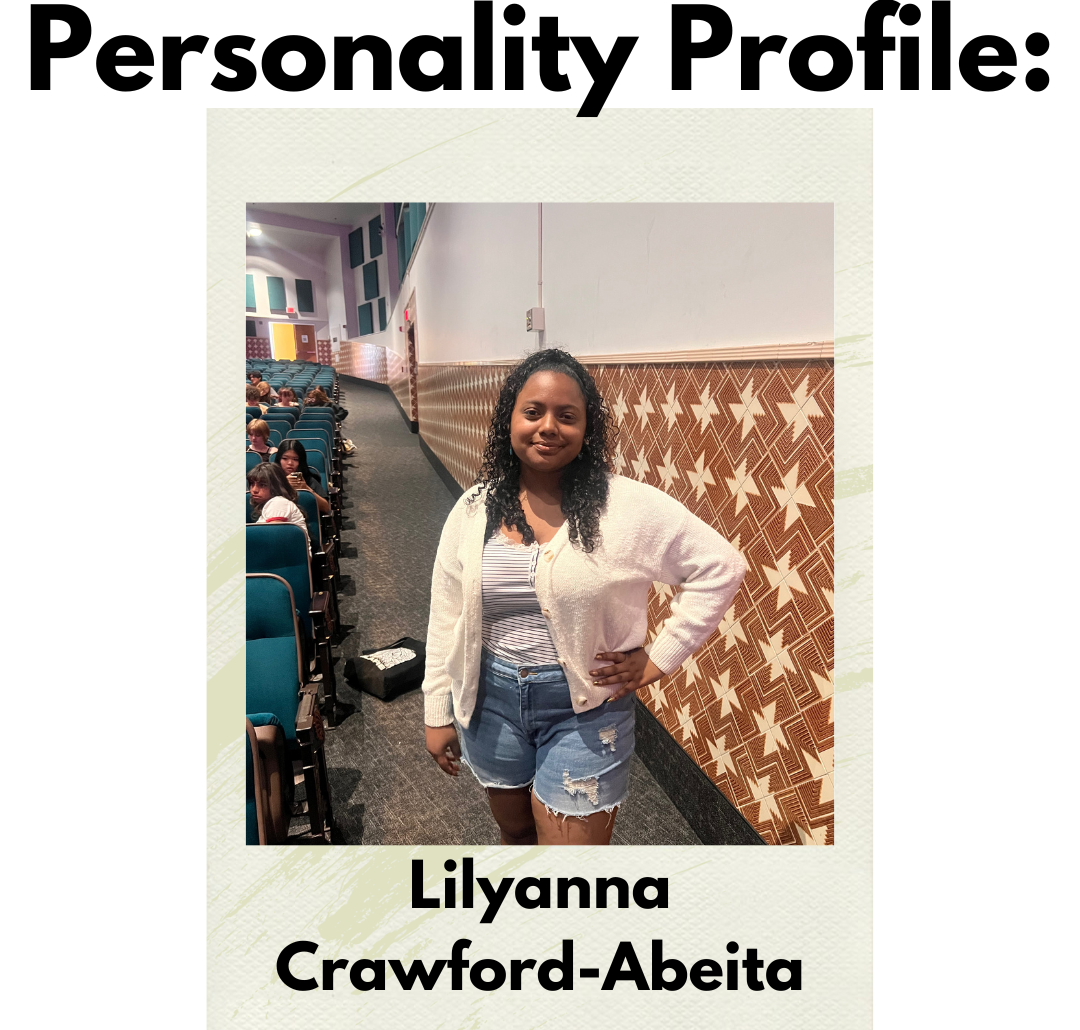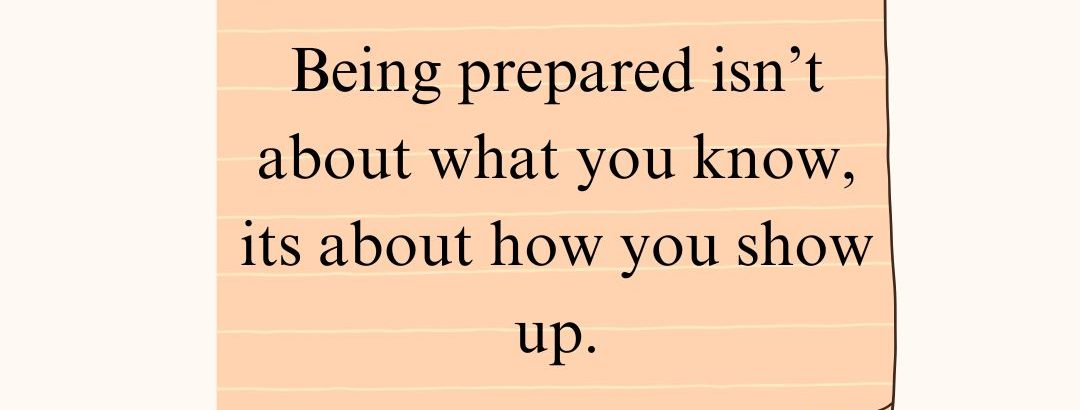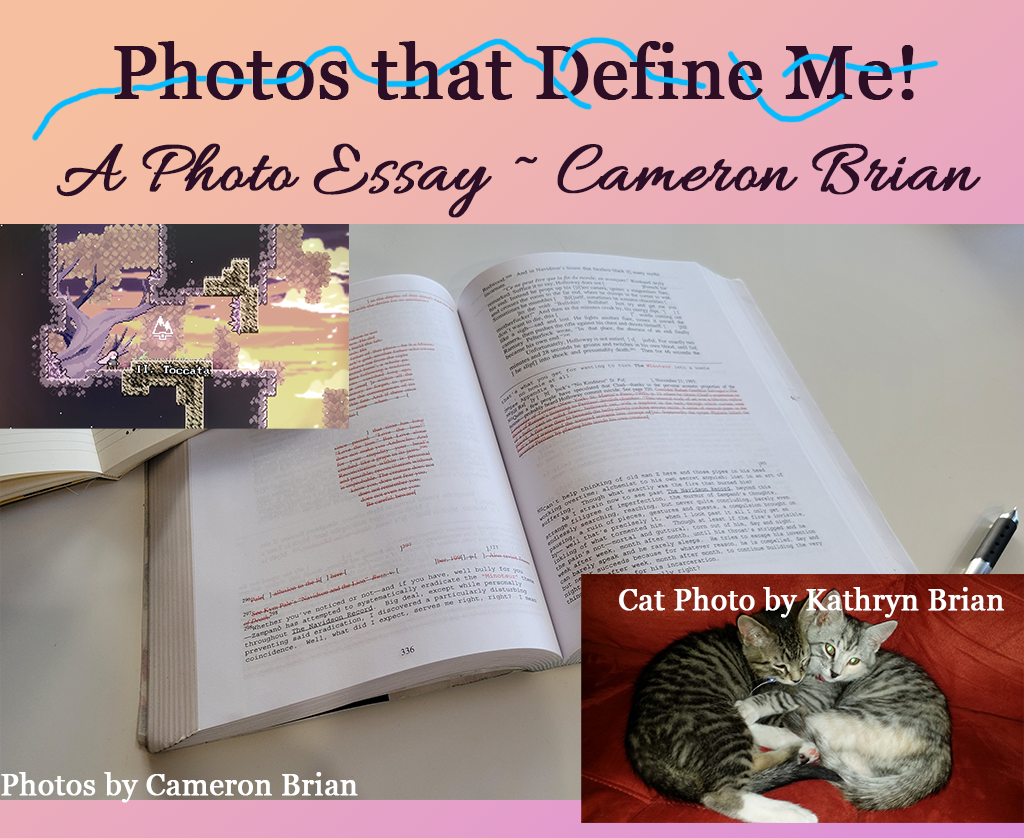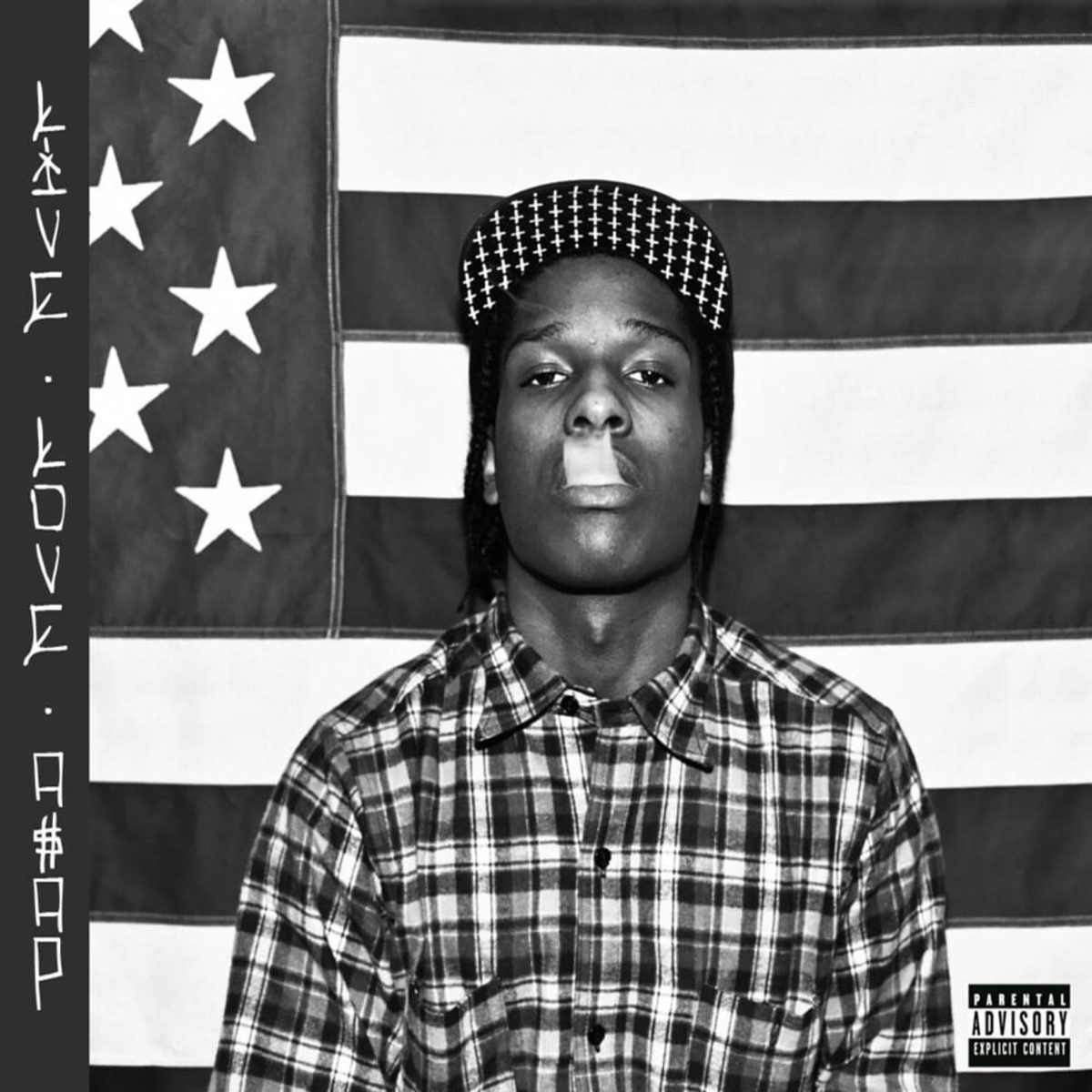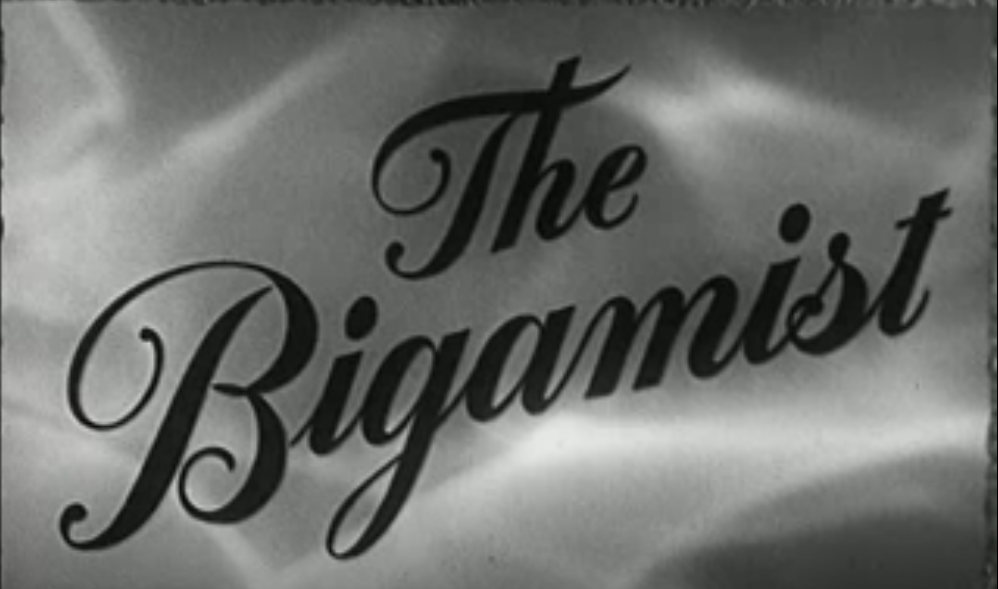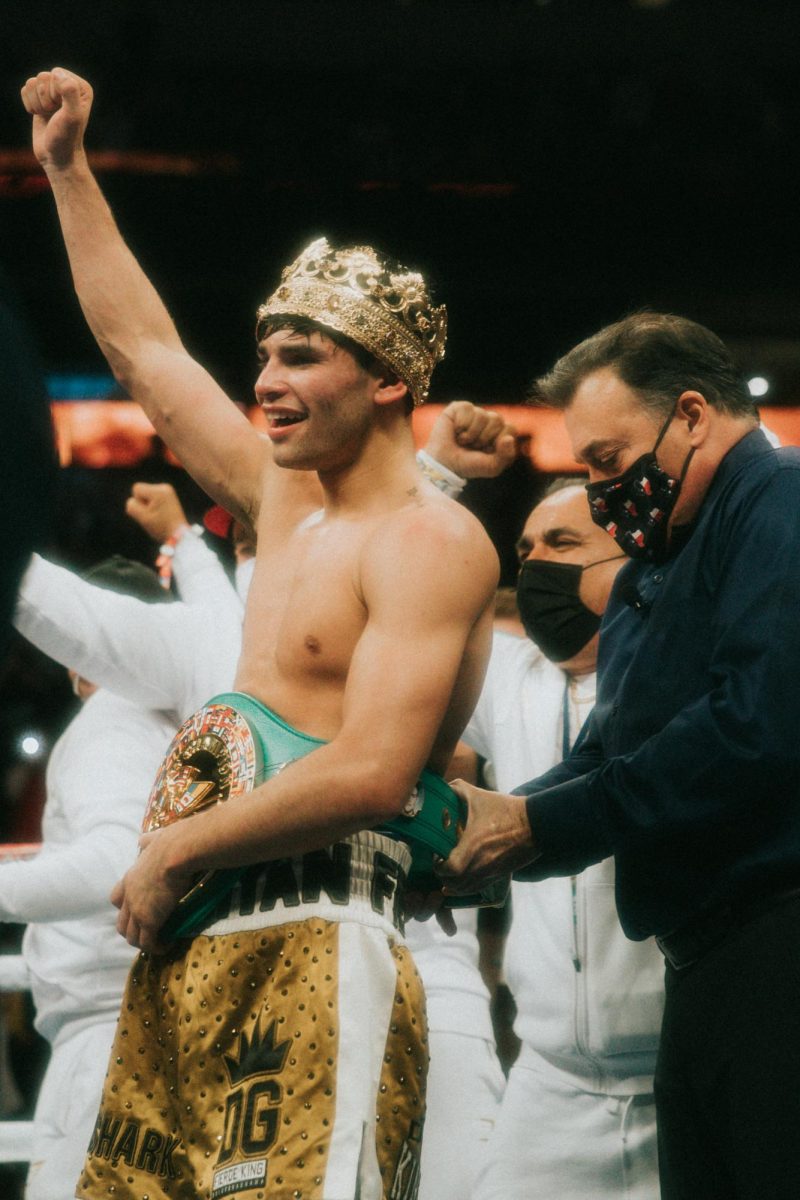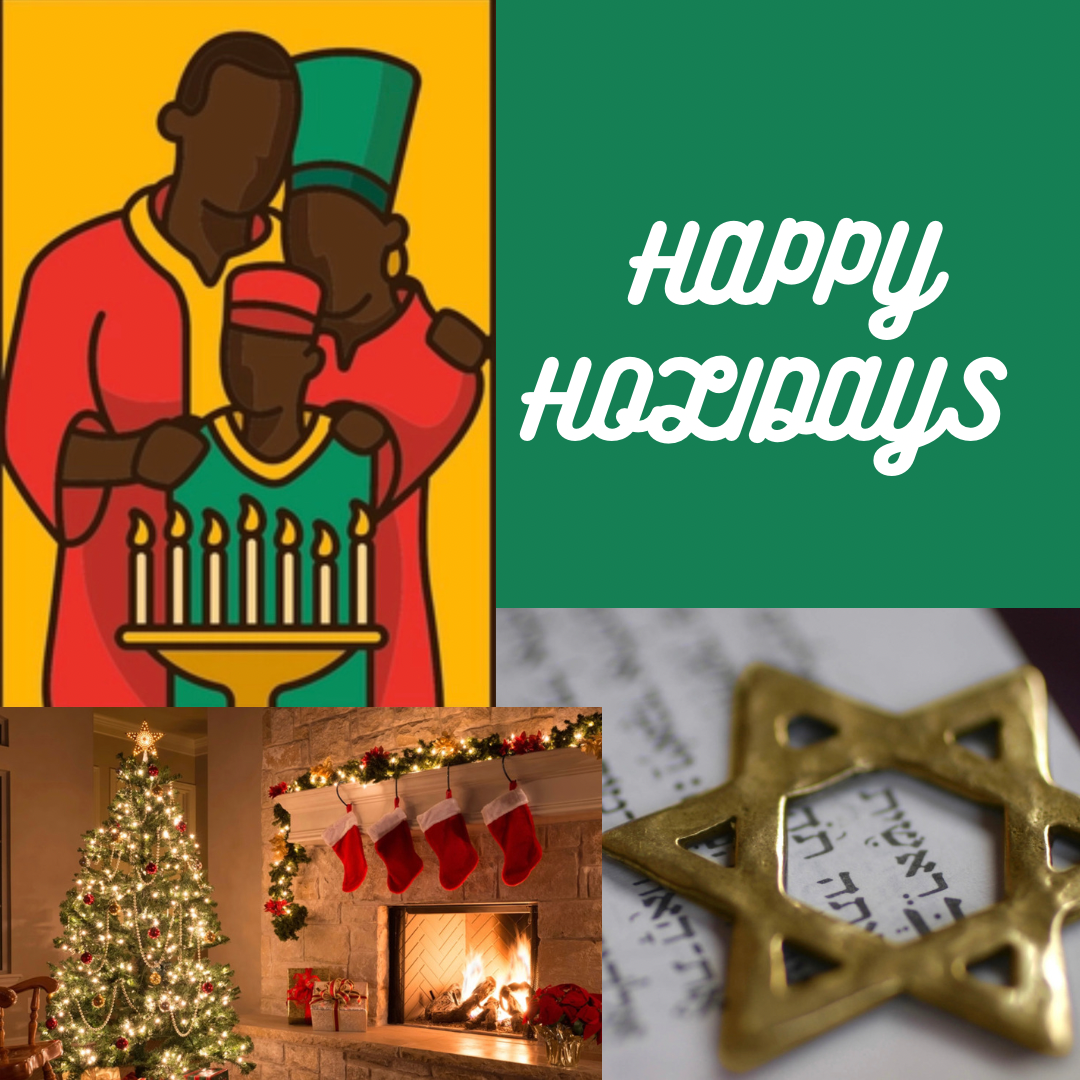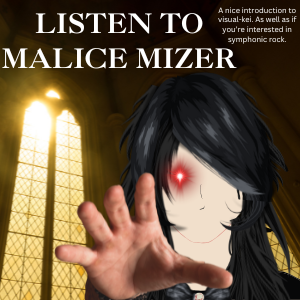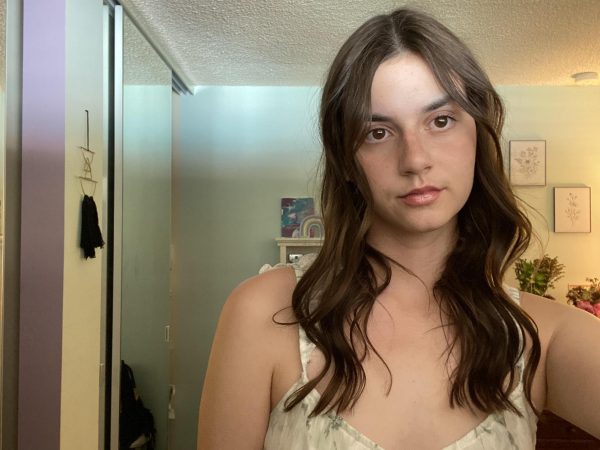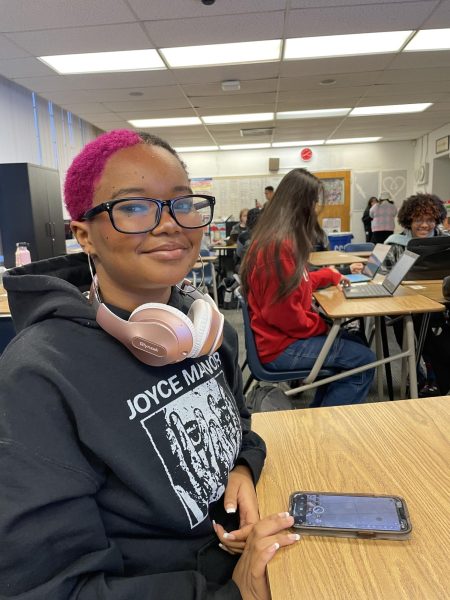Kwanzaa, Christmas, and Hanukkah are holidays celebrated by many different groups of people in the world.
Kwanzaa, which comes from the Swahili phrase “matunda ya kwanza,” (first fruits) is celebrated from December 26 to January first. It was originally created in 1996 by Maulana Ron Karenga as an African American, Pan-African holiday. Ron Karenga created Kwanzaa to, “give Blacks an alternative to the existing holiday and give Blacks an opportunity to celebrate themselves and their history, rather than simply imitate the practice of the dominant society.”
Kwanzaa is a time for families to gather around and celebrate African American culture and is rooted in history, value, family, community, and culture shown in the language Swahili. The values of Kwanzaa come from the seven principles of Umoja (Unity), Kujichagulia (Self-Determination), Ujima (Collective Work and Responsibility), Ujamaa (Cooperative Economics), Nia (Purpose), Kuumba (Creativity), and Imani (Faith). Every day of Kwanzaa a new virtue is celebrated. To celebrate a new virtue, families come together by lighting one of the candles on the “Kinara.” On December 31, families have a communal feast gathering, the “Karamu Ya Imani.” The gathering was made by Hannibal Afrik as a “community-wide promotional and educational campaign,” said the National Museum of African American History and Culture.
Kwanzaa is not only celebrated by descendents of African culture; the United States and Caribbean Islands also celebrate the holiday. The celebration is not religious. Kwanzaa is not a religious holiday but may be celebrated by any African American. Kwanzaa is a celebration for all.
Hanukkah, which means “dedication,” lasts for eight days and nights. Hanukkah celebrates a miracle that occurred over 2,000 years ago in which light won over darkness.” The holiday is celebrated from December 18 to December 26.
Hanukkah celebrates the miracle of light when Judah rededicates the Temple to the Hebrew God. One of Judaism’s holy texts states that Seleucids left one container of oil to continue the light of the Temple’s candle. However, the candlelight burned for eight days. This miracle became the foundation of Hanukkah. Every year, families thank God and celebrate his light over darkness on Hanukkah.
Hanukkah is normally celebrated on the 25th day of Kislev (ninth on the Hebrew calendar). Menorahs typically have nine candle spaces, the ninth candle is a servant candle called the shamash. Over the course of eight nights a menorah candle is added and lit. Each night families recite blessings, prayers, sing songs, and exchange gifts to celebrate the miracle in the Temple 2,000 years ago.
Christmas is celebrated on December 25. The word “Christmas,” comes from the English term, “mass on Christ’s day.” Christmas is celebrated as a religious holiday for some, but for others as a cultural phenomenon.
Christmas is a traditionally Christian holiday in which people celebrate the birth of Jesus. On December 24, Roman Catholic churches celebrate the birth of Jesus at midnight mass, while Protestant churches have candlelight services, read scriptures, sing Christmas carols with Scripture readings, on the night of Christmas Eve.
Santa Claus and gifts are common symbols associated with Christmas. Gifts on Christmas Day symbolize the gifts given to baby Jesus by the Three Wise Men in the Christian religion. Gifts are sometimes given from someone by the name Santa Claus instead of the actual gift giver’s name. Santa Claus was not always a man in a red suit who flew on a sleigh with reindeers attached. Saint Nicholas (Santa Claus) was a real man known for his kindness and generosity. Saint Nicholas was known to be a wealthy man but always gave his wealth to help others in tough situations.
The stereotypical Santa normally seen was a drawing at first. In 1881, cartoonist Thomas Nast drew a Santa that he believed would match a poem. Since then, the white beard, red suit, and worker elves have never left.
All of these holidays are very different but all celebrate families, love, and joy.
No matter what you celebrate, have a safe and happy holiday season.
Works Cited
Briggs, A. (2022, November 28). Hanukkah: The history and traditions of the Festival of Lights. History. https://www.nationalgeographic.com/history/article/history-of-hanukkah#:~:text=The%20revolt%20of%20the%20Maccabees,Temple%20to%20the%20Hebrew%20god.
Kwanzaa. National Museum of African American History and Culture. (2023, November 14). https://nmaahc.si.edu/explore/initiatives/kwanzaa#:~:text=Kwanzaa%20was%20created%20in%201966,communal%20and%20non%2Dheroic%20holiday.
Encyclopædia Britannica, inc. (n.d.). International Women’s Day. Encyclopædia Britannica. https://www.britannica.com/topic/International-Womens-Day
A&E Television Networks. (n.d.). Santa Claus: Real origins & legend. History.com. https://www.history.com/topics/christmas/santa-claus
Weston Nurseries. (2023, October 5). Christmas: How gift-giving and Caroling began: Blog. https://www.westonnurseries.com/christmas-how-gift-giving-and-caroling-began/#:~:text=Gift%2Dgiving%20has%20its%20roots,its%20roots%20in%20Christmas%20begging.
Encyclopædia Britannica, inc. (n.d.). Gaspar. Encyclopædia Britannica. https://www.britannica.com/topic/Gaspar
Kwanzaa. National Museum of African American History and Culture. (2023, November 14). https://nmaahc.si.edu/explore/initiatives/kwanzaa#:~:text=The%20word%20Kwanzaa%20comes%20from,that%20are%20found%20throughout%20Africa.


